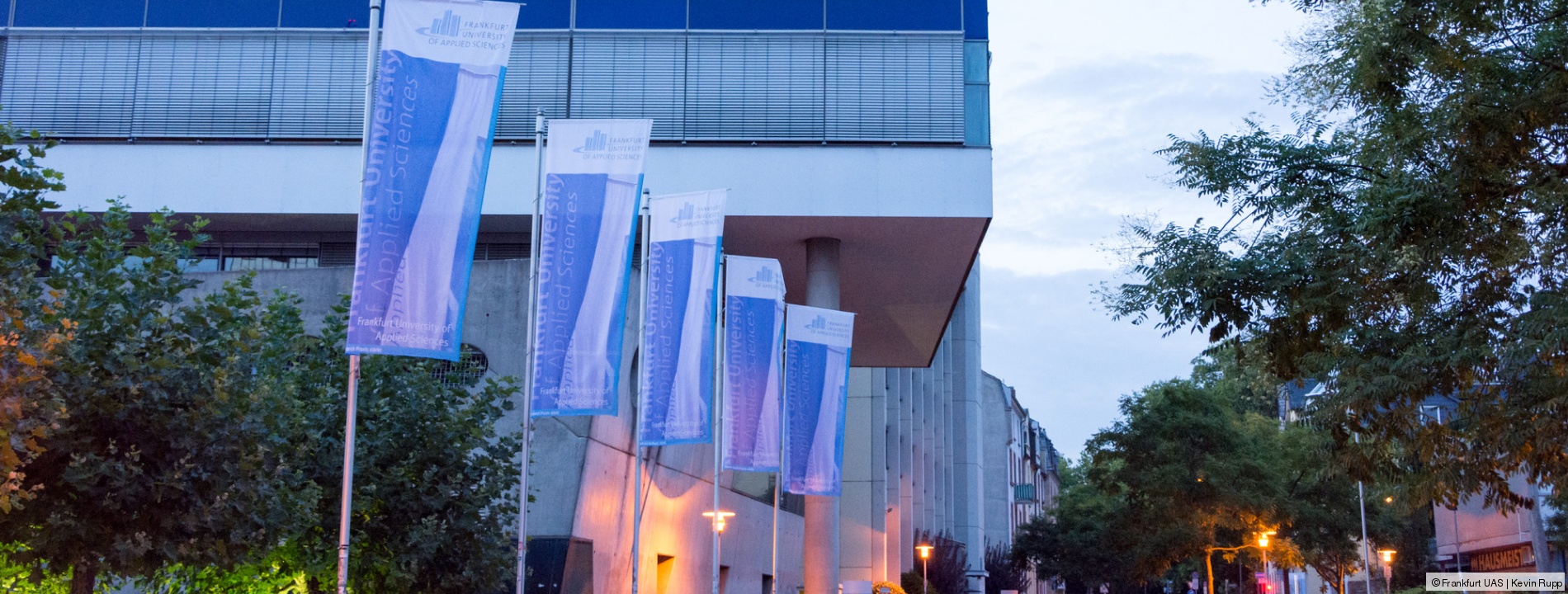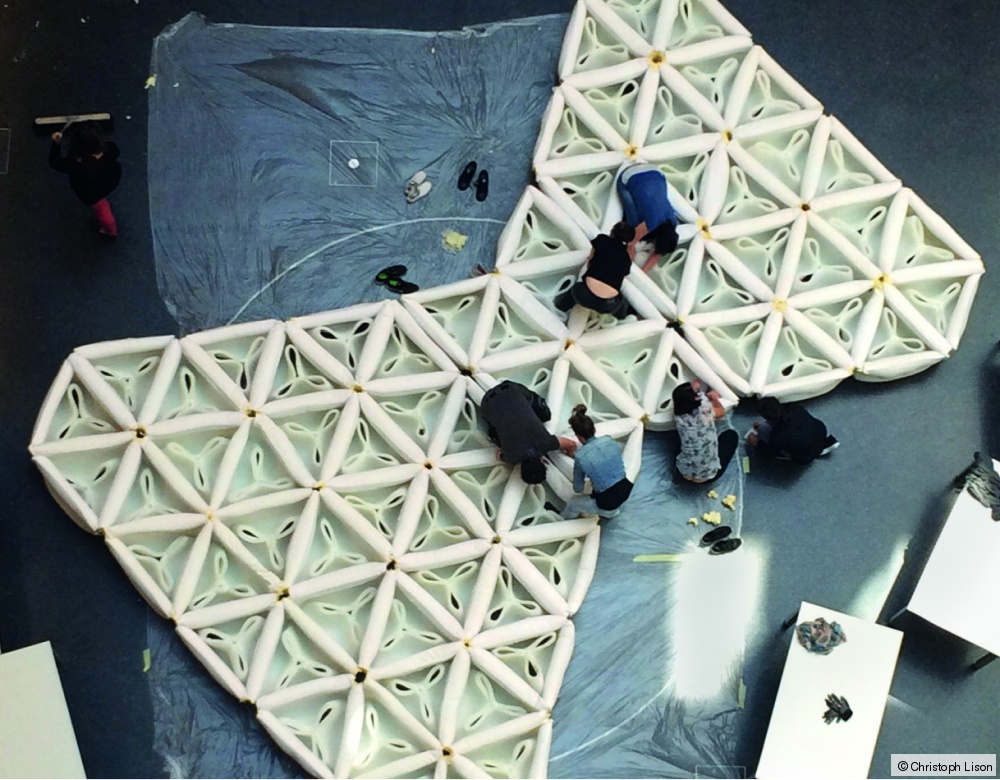Faculty 1: Architecture · Civil Engineering · Geomatics
- Prof. Dipl.-Ing. Claudia Lüling, Professorial Chair of Concept and Design
Head of Laboratory for Textile Lightweight Construction - Prof. Dr.-Ing. Petra Rucker-Gramm, Professorial Chair of Building Materials, Building Physics and Building Maintenance and Resource-Optimized Construction
Head of Laboratory for Building Materials, Building Physics and Building Maintenance - Prof. Dr.-Ing. Agnes Weilandt, Professorial Chair of Structural Engineering, Building Mechanics and Constructive Engineering
Head of Sustainable Structures study program
Sustainability is more than saving energy. It is relevant from the level of cities and buildings down to the level of materials. We care about the sensible and responsible use of resources and space, as well as minimizing cubic volume, thereby controlling material and energy flows. Last but not least, we coordinate spatial (living) interrelationships.
The “Lightweight Construction” teaching project with its focus on “Foamed Textile Constructions” explored new technologies for sustainable material, construction and design concepts. Students in the “Sustainable Structures” and “Architecture” Master’s programs learned to combine architectural design with development of materials. They examined how a composite of fibrous materials (textiles) and pore-based materials (foams) can be used in the building industry for implementing technically viable lightweight construction applications of compelling design. Specific fields of application are wall, ceiling and opening units. What came out of the project were designs for lightweight, well-insulated, strong and textile-based, foamed wall and hull constructions as prime examples of construction applications of the future.
This has formed the basis of, and resulted in, a further teaching and research project – “G3Tex”– in which recyclable 3D textiles for walls and roofs are being developed. In addition, the interdisciplinaryeducational project “Components of the Future” was launched in collaboration with other professors:
www.frankfurt-university.de/bauteile-der-zukunft
Within the scope of project-related modules, solutions to questions generated from research are developed in the teaching context. The focus is on practical implementation in combination with the critical examination of the substantive content from a theoretical perspective. For hands-on testing and optimization of design and material properties, 1:1 scale architectural designs are used in addition to small-scale laboratory experiments and computer-aided simulations. This enables a wide spectrum of realizations, ranging from various single- and multi-shell, planar and folded demonstrators through to experimental buildings for the prototypical verification of the – initially merely hypothetical – application, utilization and design options. Thanks to the synergies created from combining teaching and research, the courses can benefit from the innovation of the research approach and proximity to practice partners.
Through practice-oriented, scientifically informed projects, students are challenged, encouraged and motivated to make responsible and sustainable contributions to society.




